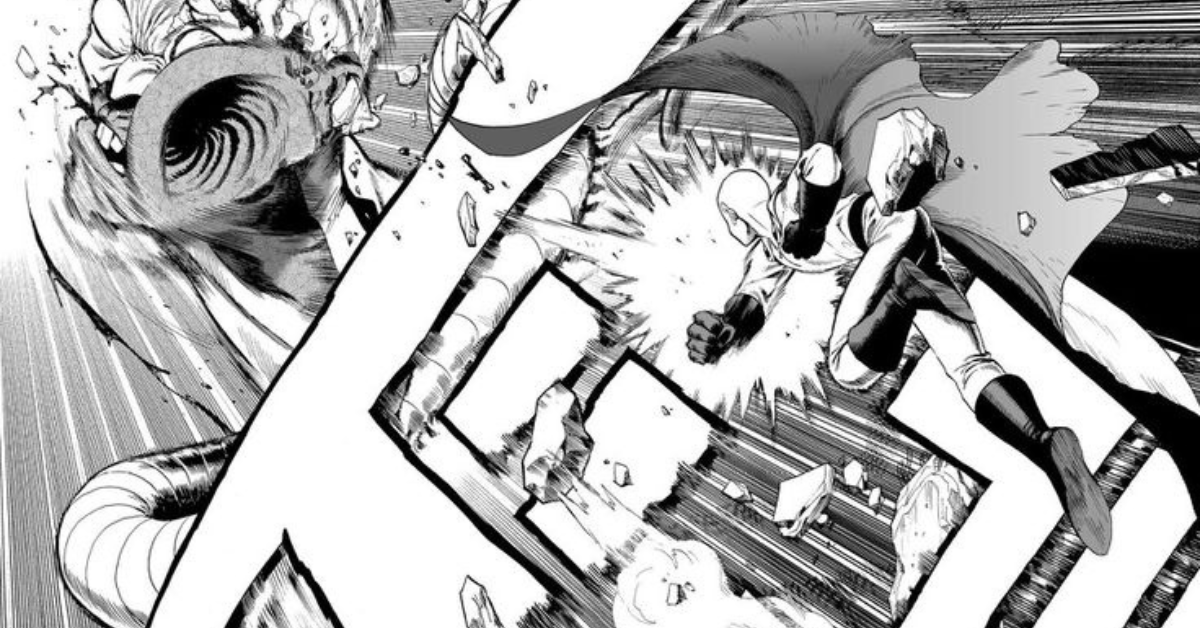Understanding Manga Genres
Manga, originating from Japan, has captivated readers worldwide with its diverse storytelling and captivating artwork. Understanding the different genres within manga is essential for both new and seasoned readers to explore and enjoy the vast world of Japanese comics.
Different Types of Manga
Manga encompasses a wide range of genres, each offering unique themes, narratives, and artistic styles. From action-packed adventures to heartwarming romances, there’s something for everyone in the world of manga. Let’s explore some of the most popular manga genres
Shonen
Shonen manga targets a young male audience and often features action-packed storylines, adventure, and camaraderie. Popular shonen series include “Naruto,” “One Piece,” and “Dragon Ball.”
Shojo
Seinen manga is aimed at adult male readers and explores more mature themes, including psychological drama, violence, and social commentary. Notable seinen series include “Berserk,” “Death Note,” and “Tokyo Ghoul.”
Seinen
Josei manga targets adult women and delves into realistic portrayals of relationships, careers, and everyday life. Popular josei titles include “Nana,” “Honey and Clover,” and “Paradise Kiss.”
Josei
Josei manga targets adult women and delves into realistic portrayals of relationships, careers, and everyday life. Popular josei titles include “Nana,” “Honey and Clover,” and “Paradise Kiss.”
Popular Manga Genres
In addition to the main demographic categories, manga encompasses a diverse range of genres, including:
Fantasy: Featuring magical worlds, supernatural beings, and epic quests.
Sci-Fi: Exploring futuristic settings, advanced technology, and scientific concepts.
Horror: Evoking fear and suspense with chilling tales of the supernatural and the macabre.
Slice of Life: Offering glimpses into everyday experiences, relationships, and emotions.
Mystery: Unraveling enigmatic puzzles and suspenseful mysteries.
Sports: Showcasing the thrill and intensity of athletic competitions and teamwork.
Historical: Transporting readers to different periods and historical events.
Exploring Manga Categories
Manga genres can be further divided into subgenres and classifications, offering even more variety and depth for readers to explore. Let’s delve into the various categories of manga:
Manga Subgenres
Within each main genre, manga can be categorized into subgenres that further refine the themes and storytelling elements. Some common manga subgenres include:
Isekai: Transporting protagonists to parallel worlds or alternate dimensions.
Harem: Featuring a male protagonist surrounded by multiple romantic interests.
Gore: Focusing on graphic violence and gruesome imagery.
Psychological: Delving into the complexities of the human mind and emotions.
Comic Book Classifications
In addition to manga, comic books from other countries, such as the United States, also contribute to the diverse landscape of graphic storytelling. Understanding the classifications of comic books can provide insight into the broader spectrum of visual narratives. These classifications include:
Superhero: Featuring characters with superhuman abilities and heroic missions.
Independent/Alternative: Exploring unconventional themes, styles, and storytelling approaches.
Graphic Novels: Presenting complete, standalone stories with sophisticated narratives and artwork.
Diving into Manga Styles
The artistic and narrative styles employed in manga play a crucial role in shaping the reader’s experience. Let’s explore some key aspects of manga styles:
Artistic and Narrative Styles
Manga artists employ various artistic techniques to convey emotions, action, and atmosphere. These styles range from highly detailed and realistic to minimalist and abstract, allowing for diverse visual storytelling.
Manga Storytelling Techniques
In addition to artwork, manga utilizes unique storytelling techniques, such as panel layout, pacing, and dialogue, to engage readers and create immersive narratives. From dynamic action sequences to poignant character interactions, manga storytelling is renowned for its versatility and impact.
Analyzing Manga Themes
Themes in manga reflect the cultural, social, and personal values of both the creators and the audience. Let’s explore some common themes found in manga:
Common Themes in Manga
Identity: Exploring questions of self-discovery, acceptance, and personal growth.
Love and Romance: Portraying various aspects of romantic relationships, from first crushes to enduring love.
Justice and Morality: Examining ethical dilemmas, moral choices, and the pursuit of justice.
Coming-of-Age: Depicting characters’ journeys from adolescence to adulthood and the challenges they face along the way.
Japanese Storytelling Influence
Manga’s storytelling techniques are deeply rooted in Japanese culture and tradition. Influenced by centuries-old artistic practices, folklore, and literature, manga offers a unique perspective on universal themes and human experiences.
The Diversity of Manga
One of the most remarkable aspects of manga is its diversity, both in terms of genres and cultural representation. Let’s explore the multifaceted nature of manga
Manga Trends and Culture
Manga’s popularity has led to a vibrant and dynamic subculture, encompassing fan communities, conventions, and artistic trends. From cosplay to fan art, manga enthusiasts celebrate their passion for Japanese comics in diverse and creative ways.
Comic Book Diversity
In addition to manga, comic books from around the world contribute to the global landscape of graphic storytelling. From European bande dessinée to Korean manhwa, diverse comic book traditions offer readers a rich tapestry of visual narratives to explore.
Conclusion
In conclusion, understanding manga genres is essential for readers to navigate the vast and diverse world of Japanese comics. From action-packed adventures to heartwarming romances, manga offers something for everyone, with its wide range of genres, themes, and artistic styles. Whether you’re a seasoned manga enthusiast or new to the medium, exploring different genres and categories can enrich your reading experience and open up new storytelling possibilities.
Frequently Asked Questions
Some of the most popular manga genres include shonen (for young males), shojo (for young females), seinen (for adult males), and josei (for adult females). Additionally, genres like fantasy, sci-fi, romance, and horror are widely read by manga enthusiasts.
You can explore different manga genres by browsing online manga databases, reading reviews, and sampling various series to see which ones resonate with your preferences and tastes.
Manga trends can vary over time, influenced by factors such as popular series, cultural phenomena, and societal trends. Keep an eye on manga news sites and social media platforms to stay updated on the latest trends and releases.
Yes, many manga series incorporate elements from multiple genres, resulting in hybrid or crossover genres. For example, a manga series may blend elements of action, fantasy, and romance to create a unique storytelling experience.
While many manga genres have universal themes and appeal, some genres may be more closely tied to Japanese culture and storytelling traditions. For example, manga genres like isekai (parallel world), mecha (giant robots), and yaoi/yuri (romance between same-sex characters) have roots in Japanese pop culture and literary traditions.



